Using the same terminology employed by agrochemical manufacturers promoting the “stacking” of herbicide-resistant traits in seed, an organic-sector specialist from the University of Maine sees promise in multiple modes of […] Read more
Tag Archives cover crops
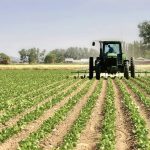
‘Stacking’ of row-crop tillage shows promise
Three modes of action monitored in organic crop study

Farming for the climate
U.S. growers embrace cover crops while eyeing low-carbon future
Illinois farmer Jack McCormick planted 350 acres of barley and radishes last fall as part of an off-season crop that he does not intend to harvest. Instead, the crops will […] Read more
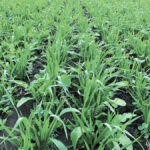
Ontario cover crop survey garners most respondents ever
Survey pinpoints potential solutions to encourage cover crop adoption
The recently released 2020 Ontario Cover Crop Feedback report has delivered insight into the benefits of cover cropping and the barriers that limit adoption. The main benefits identified include better […] Read more

Long-term Ontario studies show value of cover crops
Boosting organic matter in soils proved to boost profit margins and reduce yield variation year to year
A series of long-term studies in southern Ontario are showing the value of cover crops and boosting soil organic matter. When combining data across experiments and research stations, University of […] Read more

U.S. farm co-op CHS to pay members to enrol in Bayer carbon farming program
Reuters – Agricultural seeds and chemicals supplier Bayer AG is expanding its carbon farming program to members of U.S. farm cooperative CHS Inc, boosting incentives for members to participate in […] Read more
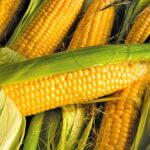
Editorial: The fine print will win
Farmers tend to be price takers as producers of commodities, although many of them have found direct routes to consumers and that can be profitable. Farmers markets have proven helpful […] Read more
Advanced model and field data add up to better cover crop management
Science Notes: Termination timing can be just as important as the plant species you select
Cover crops are widely seen as one of the most promising conservation practices, improving soil health while also removing carbon from the atmosphere. But while the number of Midwestern farmers […] Read more
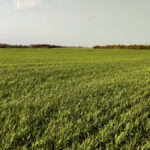
Cover crops for weed management
OMAFRA Field Crop Report for August 4
It’s the time of year when Ontario farmers are turning their attention to seeding cover crops following cereal harvest. Each grower has their own reasons for growing a cover crop […] Read more
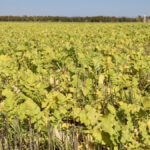
Covering up weed seeds
Input savings, soil health are among the benefits of cover crops
Cover crops are not free, but they don’t have to be a cost. In fact, they can save farmers money. Researchers and farmers talked about the benefits during a recent […] Read more

Revitalizing soil with manure and cover crops after harvesting wheat
OMAFRA Field Crop Report for July 21
Wheat in a crop rotation provides many benefits, including spreading weather risks that can impact yields and balancing workload more evenly between planting and harvest season. Wheat also provides the […] Read more

